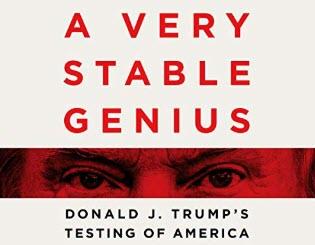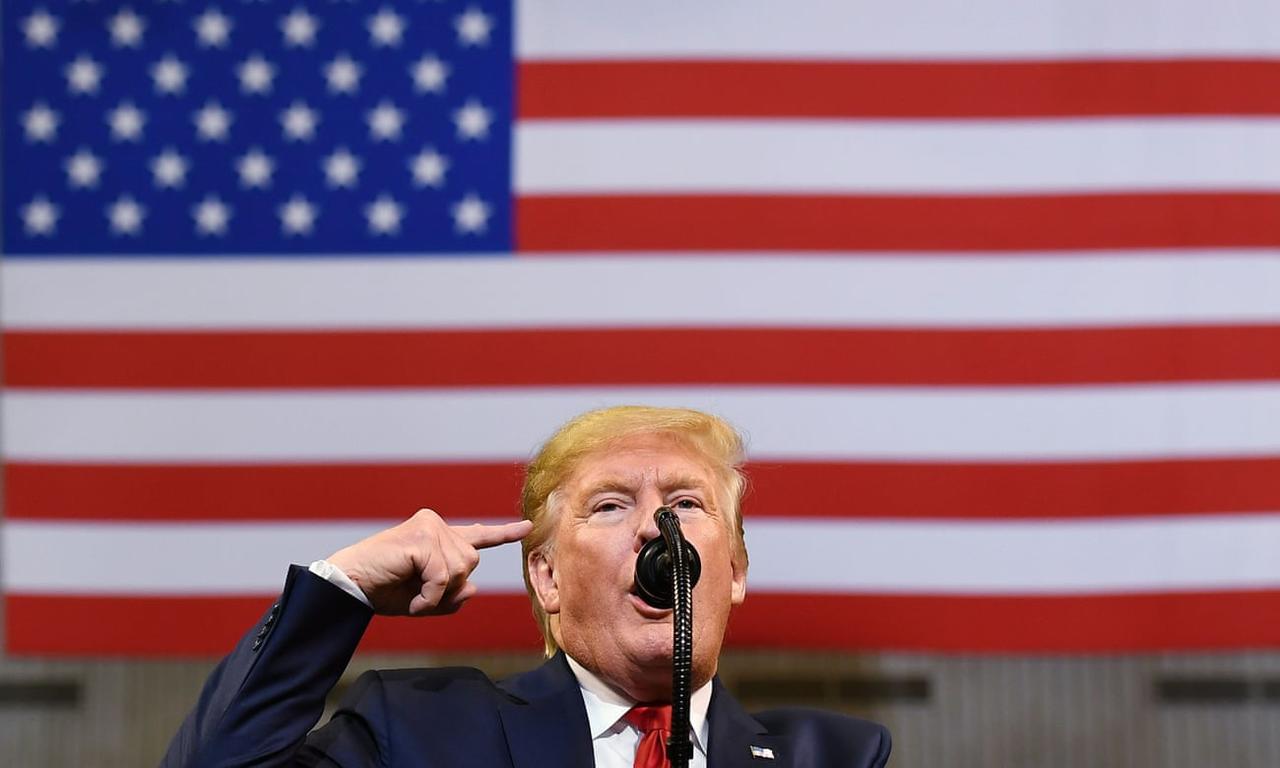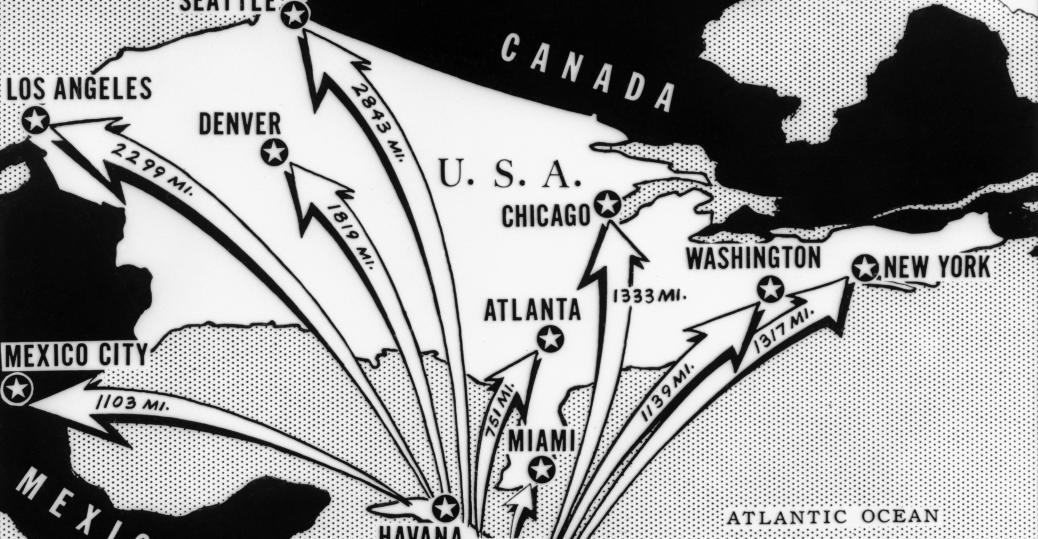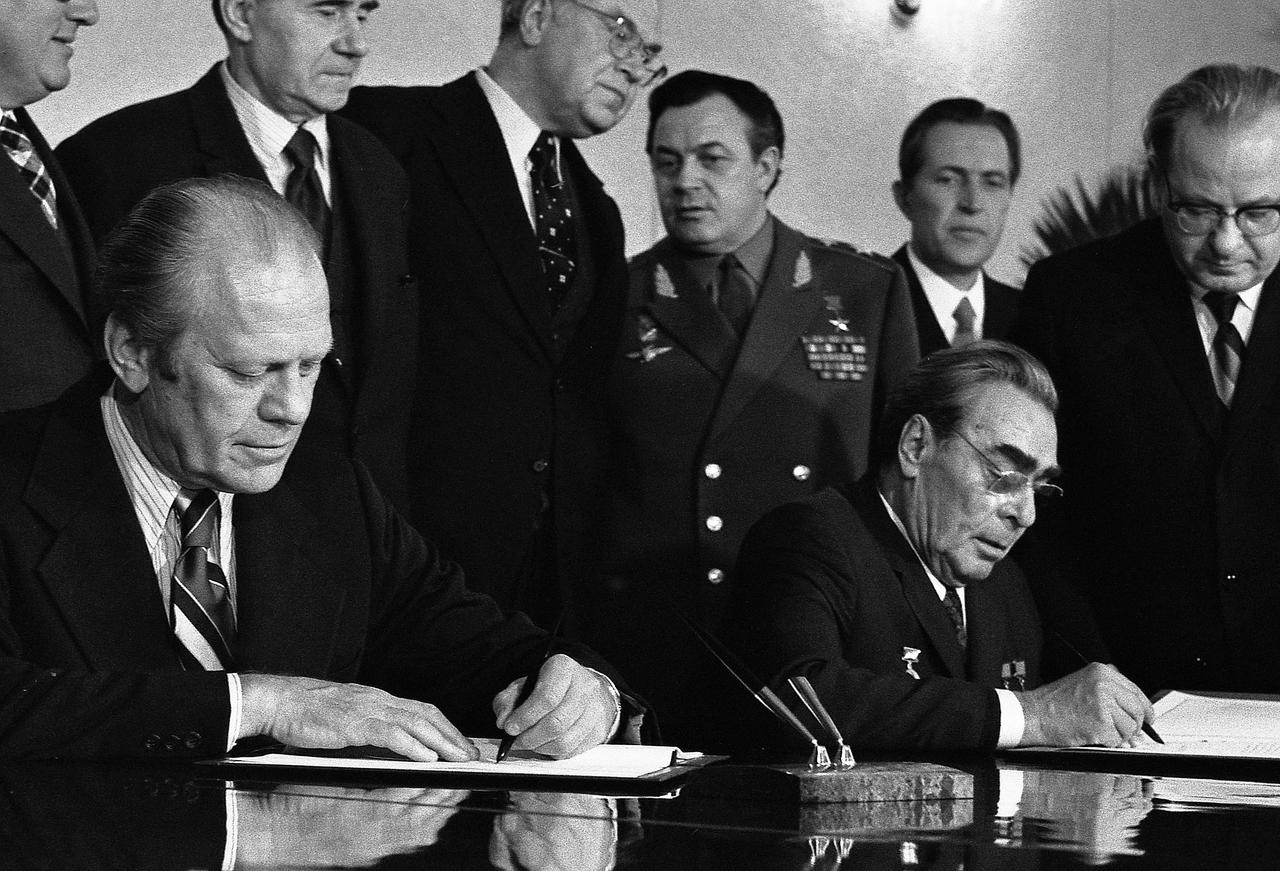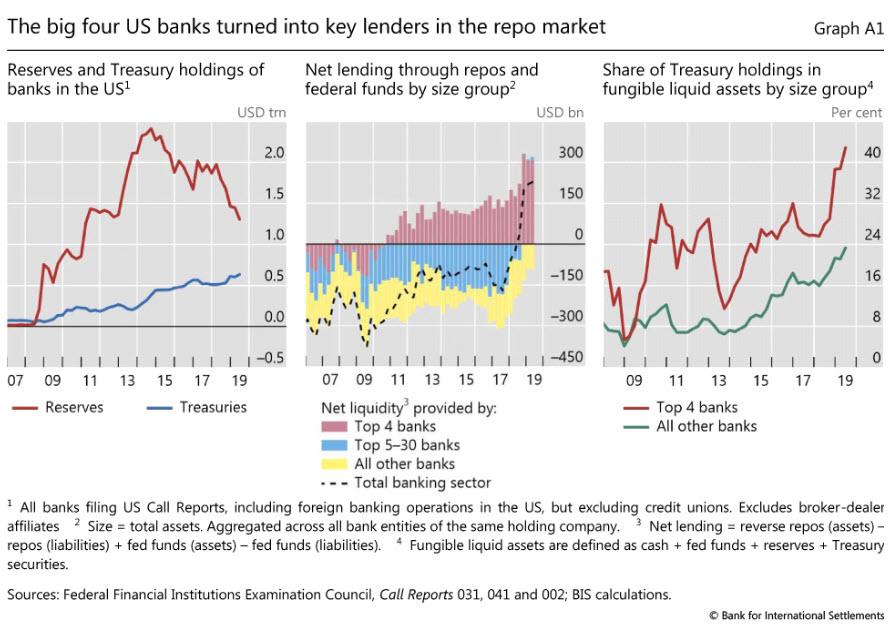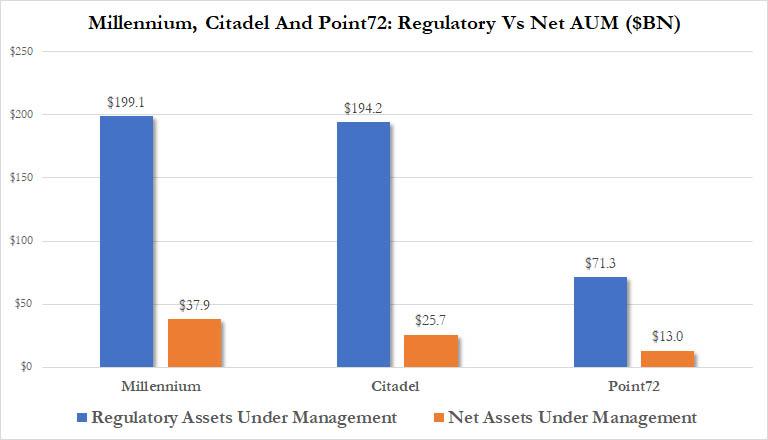An excerpt from a soon to be released book, "A Very Stable Genius" (which appeared in Saturday's edition of the Washington Post) apparently was written with the intent of presenting Donald Trump as a crazed, unstable individual.
The authors of this hit job (two Washington Post reporters) clearly relied on Rex Tillerson, Gary Cohn and Jim Mattis as primary sources. But rather than expose Trump as mentally unfit to be President, the authors unwittingly expose their own extreme bias and highlight how the men Trump named to key positions in his administration--Tillerson at State, Cohn at the White House and Mattis at DOD--tried to undermine the President and drug their feet in carrying out Trump's directives.
These men, in my view, are bureaucratic cowards. They should have resigned if they felt so strongly about Trump's violations. But they wanted to hang on to their little pieces of turf.
The piece is introduced with this telling paragraph:
So on July 20, 2017, Mattis invited Trump to the Tank for what he, Tillerson, and Cohn had carefully organized as a tailored tutorial. What happened inside the Tank that day crystallized the commander in chief’s berating, derisive and dismissive manner, foreshadowing decisions such as the one earlier this month that brought the United States to the brink of war with Iran. The Tank meeting was a turning point in Trump’s presidency. Rather than getting him to appreciate America’s traditional role and alliances, Trump began to tune out and eventually push away the experts who believed their duty was to protect the country by restraining his more dangerous impulses.
Yep. Trump's a bad, crazy, deranged individual because he did not want to continue the failed policies of the last 20 years. That's the complaint of these Deep Staters in a nutshell. And Donald Trump, unlike the serpentine politicians that infest Washington, did not speak praise to the faces of these clowns and then backstab them in the press and to other members of his Administration. Nope. He called them out to their face. Can't have that. Telling people off to their faces is just so uncouth. Always better, according to the Swamp creatures, to say one thing to a person's face and then trash the hell out of them when they are not around.
Let's look at the key issues discussed in this brief that put the reporters panties in a knot.
“The post-war international rules-based order is the greatest gift of the greatest generation.” Mattis then gave a 20-minute briefing on the power of the NATO alliance to stabilize Europe and keep the United States safe.
Trump's response should not have surprised these guys if they had paid attention to the campaign:
We should make money off of everything.” Trump proceeded to explain that NATO, too, was worthless. U.S. generals were letting the allied member countries get away with murder, he said, and they owed the United States a lot of money after not living up to their promise of paying their dues. “They’re in arrears,” Trump said, reverting to the language of real estate. He lifted both his arms at his sides in frustration. Then he scolded top officials for the untold millions of dollars he believed they had let slip through their fingers by allowing allies to avoid their obligations.“
Trump was exactly right with regards to NATO. It is an anachronism. The equivalent of maintaining the horse cavalry in the U.S. Army on the eve of World War II. But there is a lot of money and high paying jobs for senior officers to be had. Cannot let that sugar tit dry up.
The men at around the table also tried to thwart Trump on Iran:
He wanted out of the Iran nuclear deal that President Obama had struck in 2015, which called for Iran to reduce its uranium stockpile and cut its nuclear program.It’s the worst deal in history!” Trump declared.“Well, actually . . .,” Tillerson interjected.“I don’t want to hear it,” Trump said, cutting off the secretary of state before he could explain some of the benefits of the agreement.“They’re cheating. They’re building. We’re getting out of it. I keep telling you, I keep giving you time, and you keep delaying me. I want out of it.”
Here again Trump never hid his intent with respect to Obama's Iran deal. So why the surprise on the part of Mattis and Tillerson?
Next up, Afghanistan:
Trump erupted to revive another frequent complaint: the war in Afghanistan, which was now America’s longest war. He demanded an explanation for why the United States hadn’t won in Afghanistan yet, now 16 years after the nation began fighting there in the wake of the 9/11 terrorist attacks. Trump unleashed his disdain, calling Afghanistan a “loser war.”That phrase hung in the air and disgusted not only the military leaders at the table but also the men and women in uniform sitting along the back wall behind their principals. They all were sworn to obey their commander in chief’s commands, and here he was calling the war they had been fighting a loser war.“You’re all losers,” Trump said. “You don’t know how to win anymore.” You may not like the tone, but Trump's position was not new nor should it have been unexpected. To his credit he called out the Generals to their face. And he was factually correct. We defeated the Japanese and German armies in four years. Here we are entering our 19th year of a meaningless war in Afghanistan and all we have to show are losses of hundreds of millions of dollars and the deaths and maiming of thousands of U.S. military personnel. Damn straight Mr. President. We've been pouring U.S. taxpayer dollars down an open sewer that masquerades as a country. For what purpose?
Then we get this "pity party":
They stunned nearly everyone in the room, and some vowed that they would never repeat them. Indeed, they have not been reported until now.“I wouldn’t go to war with you people,” Trump told the assembled brass. Addressing the room, the commander in chief barked, “You’re a bunch of dopes and babies.”For a president known for verbiage he euphemistically called “locker room talk,” this was the gravest insult he could have delivered to these people, in this sacred space. The flag officers in the room were shocked. Some staff began looking down at their papers, rearranging folders, almost wishing themselves out of the room. A few considered walking out. They tried not to reveal their revulsion on their faces, but questions raced through their minds.“How does the commander in chief say that?” one thought. “What would our worst adversaries think if they knew he said this?”
Grab the damn fainting couch. Trump told the assembled military leaders who had presided over a military stalemate in Afghanistan and the rise of ISIS as "losers." Not a one of them had the balls to stand up, tell him to his face he was wrong and offer their resignation. Nope.
They preferred to endure such abuse in order to keep their jobs. Pathetic.
This excerpt in the Washington Post tells the reader more about the corruption of the Deep State and their mindset than it does about Trump's so-called mental state. Trump acted no differently in front of these senior officers and diplomats than he did on the campaign trail.
He was honest. That is something the liars in Washington cannot stomach.
